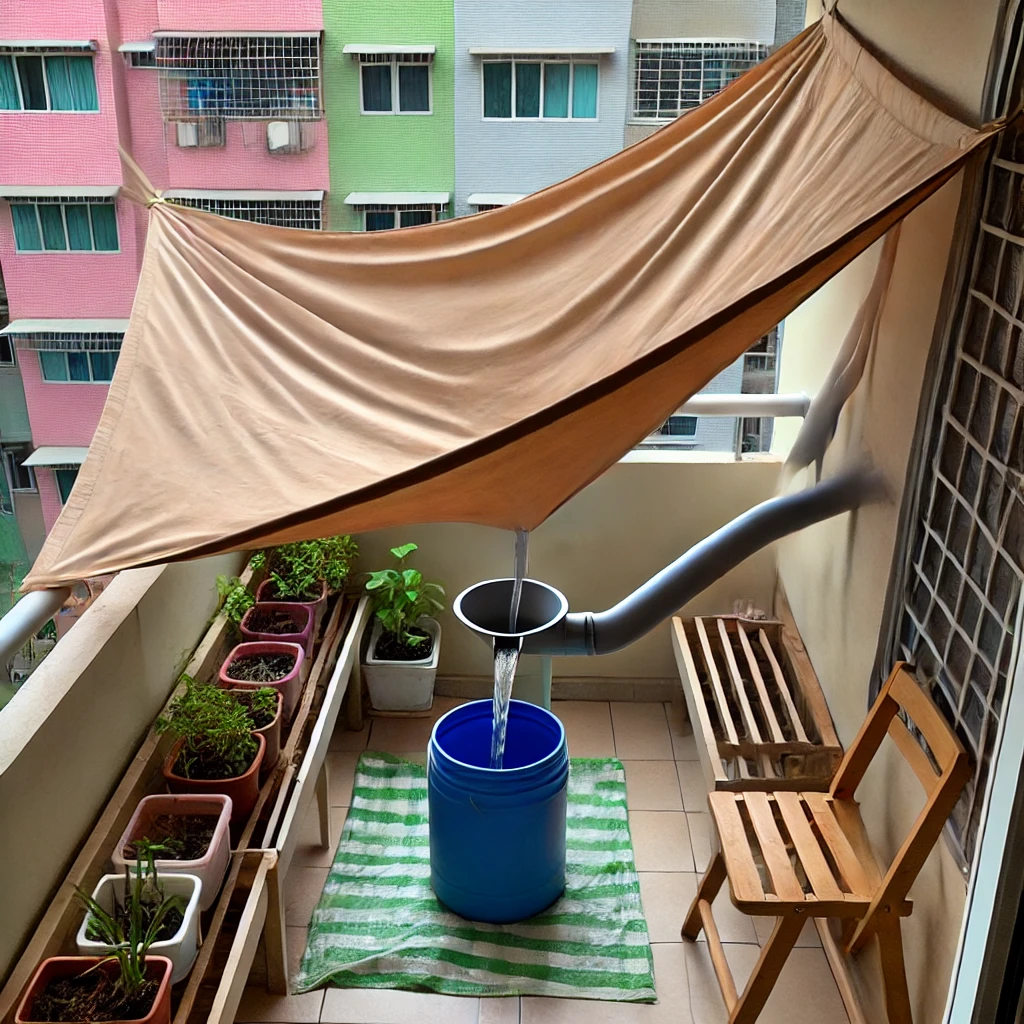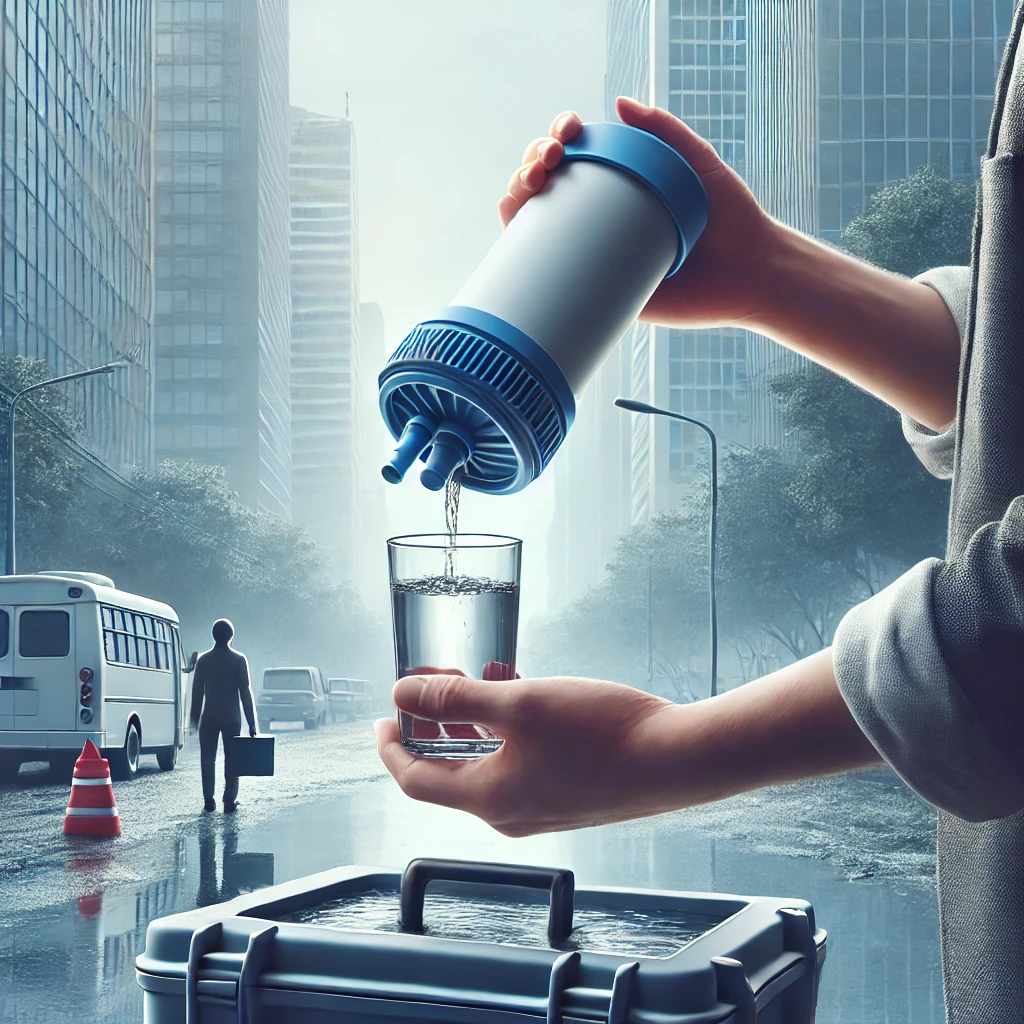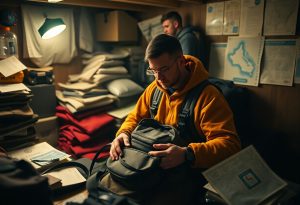In an urban crisis, urban water collection and filtration become vital. Access to clean water becomes a priority as infrastructure may break down, leaving taps dry and public water sources unsafe. For city dwellers, collecting and filtering water in limited spaces is challenging, but achievable. This guide provides essential techniques to help you secure and purify water, ensuring a reliable supply when traditional sources are disrupted.
Understanding Urban Water Collection Challenges
In an urban setting, finding safe, drinkable water isn’t as simple as finding a nearby river or well. Urban water sources may be limited or contaminated, so it’s crucial to have a plan for both collection and filtration.
- Limited Access: In apartments and high-rise buildings, traditional rainwater collection is often impractical. Finding space to store water can also be a challenge.
- Potential Contamination: Urban environments expose water sources to chemicals, pollutants, and pathogens. Filtering and purifying any collected water is essential to prevent illness.

Essential Urban Water Collection Techniques
Here are effective methods for collecting water in an urban environment, even in limited spaces.
1. Collapsible Water Containers
Collapsible containers allow you to collect and store large volumes of water when needed, but they can be folded away when empty, saving space.
- Benefits: These containers are easy to store and carry, making them ideal for city apartments.
- Use During Rainfall: Place them on balconies or open windowsills during rainfall. Even a small container can capture enough water for emergencies.
2. Rainwater Collection with Tarp Funnels
If you have access to outdoor space, a tarp funnel is a simple way to gather rainwater efficiently.
- Setup: Secure a tarp in a slanted position so rainwater flows to a central collection point, such as a bucket or container.
- Location: Balconies or rooftop spaces work best for setting up a tarp funnel. Ensure it’s positioned to maximize water flow and minimize debris.
3. Utilizing Existing Urban Water Sources
In an emergency, certain urban locations can provide unexpected sources of water.
- Office Buildings: Many office buildings have water storage tanks that may hold reserves.
- Public Facilities: Gyms, swimming pools, and hotels may also have accessible water sources, but always filter and purify this water before use.
4. Greywater Reuse for Non-Potable Needs
Recycling greywater (used water) can help you stretch your water supply by using it for non-drinking purposes.
- Collecting Greywater: Save water from activities like washing dishes or clothes to use for flushing toilets or cleaning.
- Purification Not Required: Since greywater isn’t for drinking, you can skip the purification step. However, avoid storing greywater for long periods, as it can attract bacteria.
Essential Urban Water Filtration Techniques
Collecting water is only half the battle; purifying it is crucial for safety. Here are practical methods to filter and purify water in an urban setting.
1. Portable Water Filters
Portable filters are compact, easy to use, and highly effective for purifying small amounts of water.
- Types: Options include pump filters, gravity filters, and straw filters. Choose one that meets your needs based on filtration speed and water quality.
- Efficiency: These filters remove most bacteria and pathogens, making them ideal for short-term use.
2. Boiling for Purification
Boiling is one of the simplest and most effective ways to kill pathogens in water.
- Process: Bring the water to a rolling boil for at least 1 minute (or 3 minutes at higher altitudes).
- Limitations: Boiling requires a heat source and is more time-consuming, but it’s effective and doesn’t require specialized equipment.
3. Chemical Water Purification
Chemical treatments, such as water purification tablets or drops, are compact and easy to store, making them perfect for urban stockpiling.
- Types of Chemicals: Common options include iodine tablets and chlorine drops. Follow dosage instructions carefully for safe use.
- Shelf Life: Most chemical treatments have a long shelf life, making them an ideal backup for other filtration methods.
4. DIY Filtration Systems
In an emergency, you can create a simple DIY filtration system with materials commonly found in urban environments.
- Materials Needed: Use layers of sand, charcoal, and gravel to filter out large particles and impurities. This method serves as a preliminary filter before boiling or chemical treatment.
- Limitations: DIY filters may not remove pathogens, so it’s important to pair this with a purification method.
Building a Small Water Storage System
Once you’ve collected and filtered water, storing it safely is essential. Here’s how to maintain a reserve of clean water in an urban setting.
- Use Food-Grade Containers: Ensure any container you use for water storage is labeled as food-grade to avoid chemical leaching.
- Label and Date Your Water: Rotate your stored water every 6 months for freshness. Label each container with the date it was filled to make tracking easier.
- Store in Cool, Dark Places: Keep water in a place that’s shielded from heat and sunlight to prevent bacterial growth.

Conclusion
Urban water collection and filtration can be challenging, but with the right techniques, you can secure a reliable supply even in a small apartment. By setting up collapsible containers, using portable filters, and learning simple purification methods, you’ll be prepared to stay hydrated and safe during any urban crisis.

